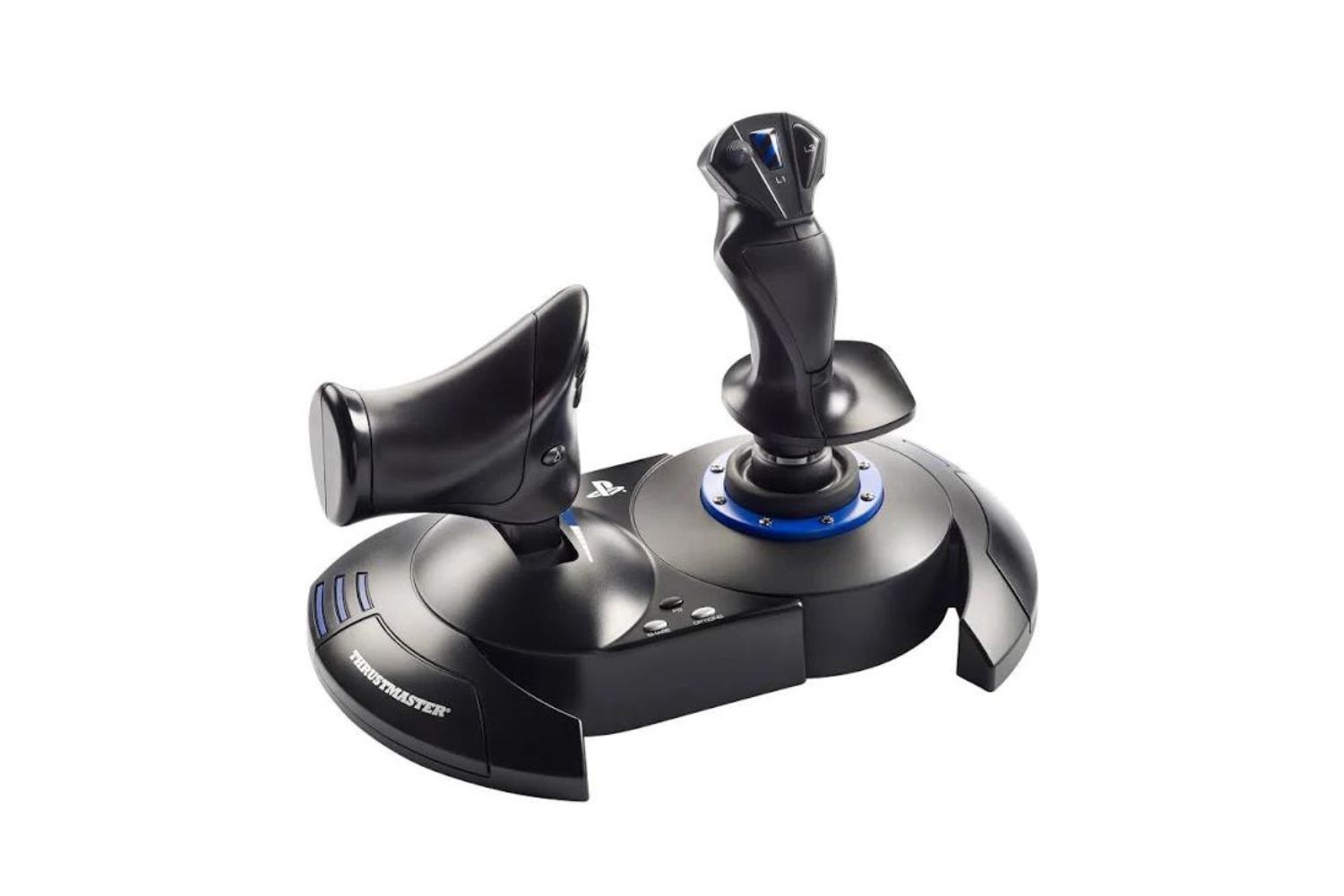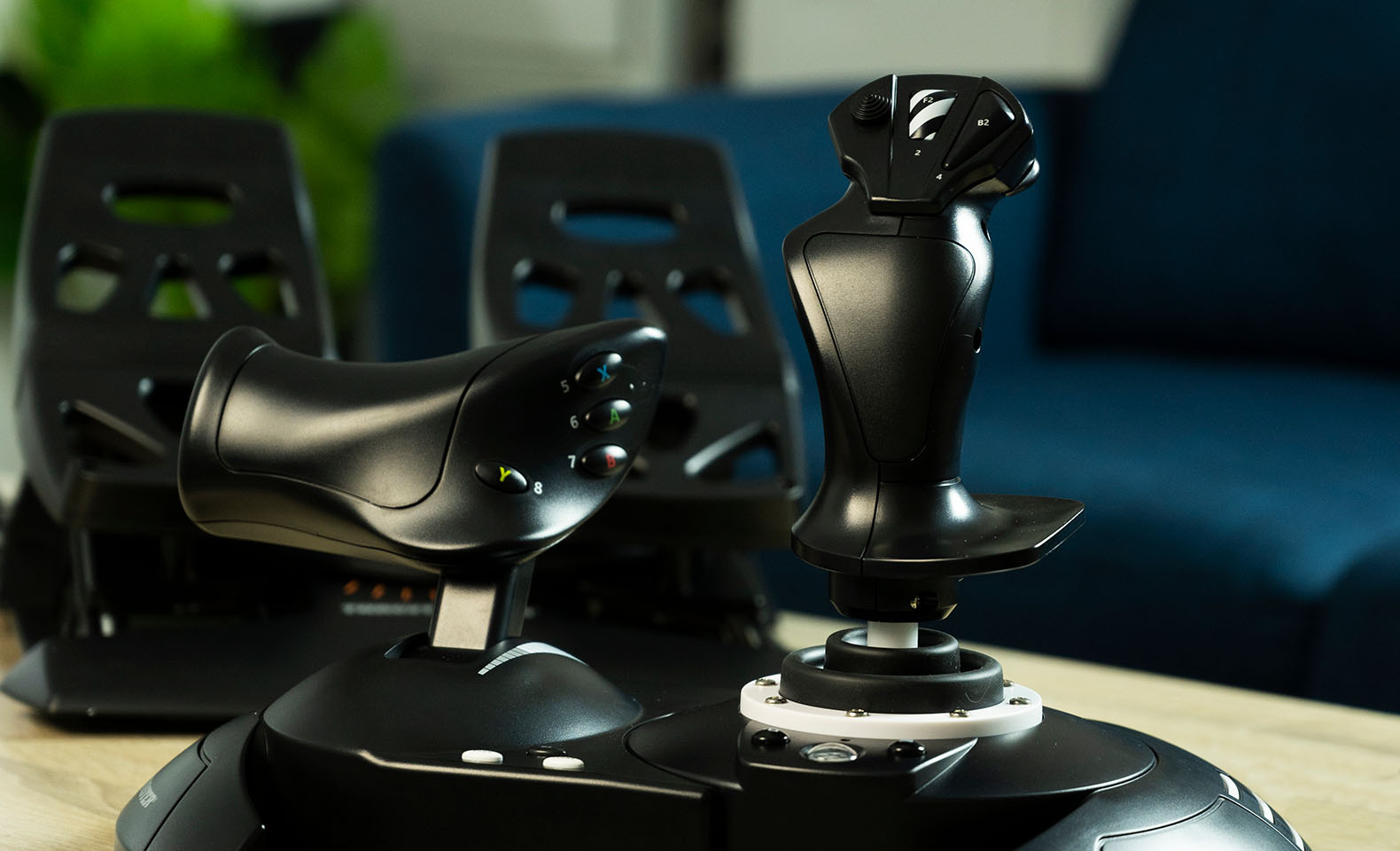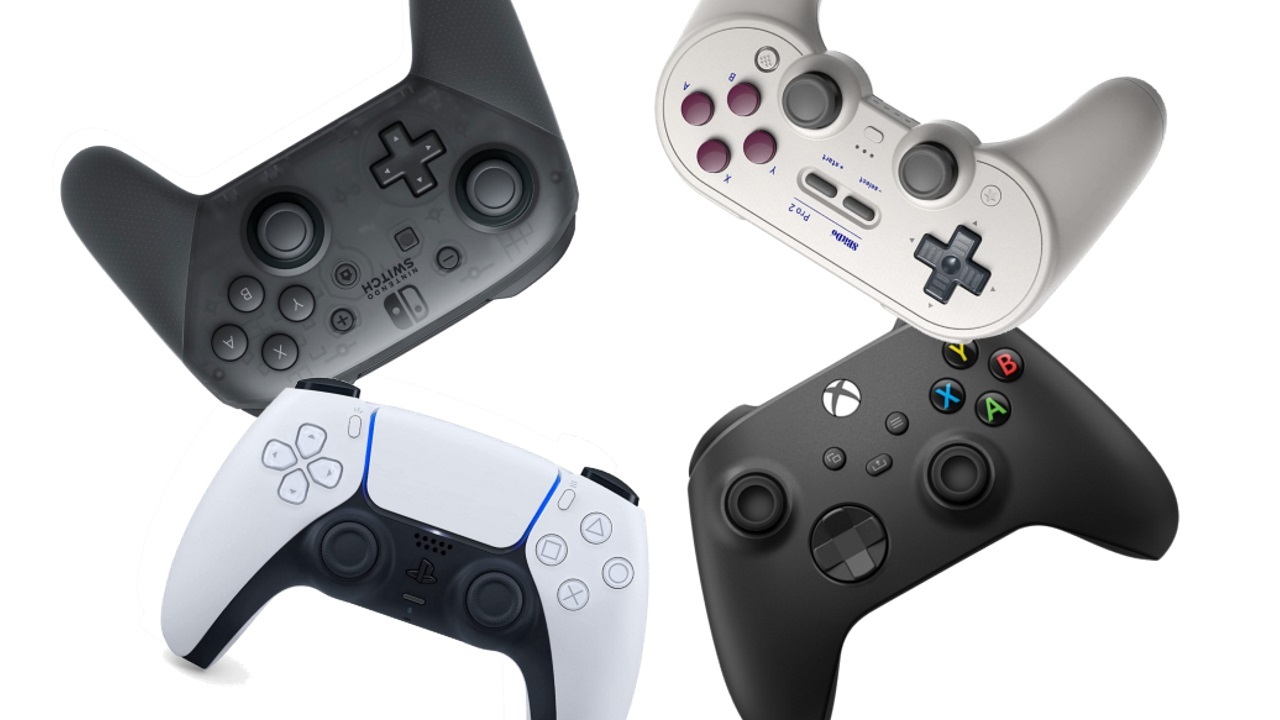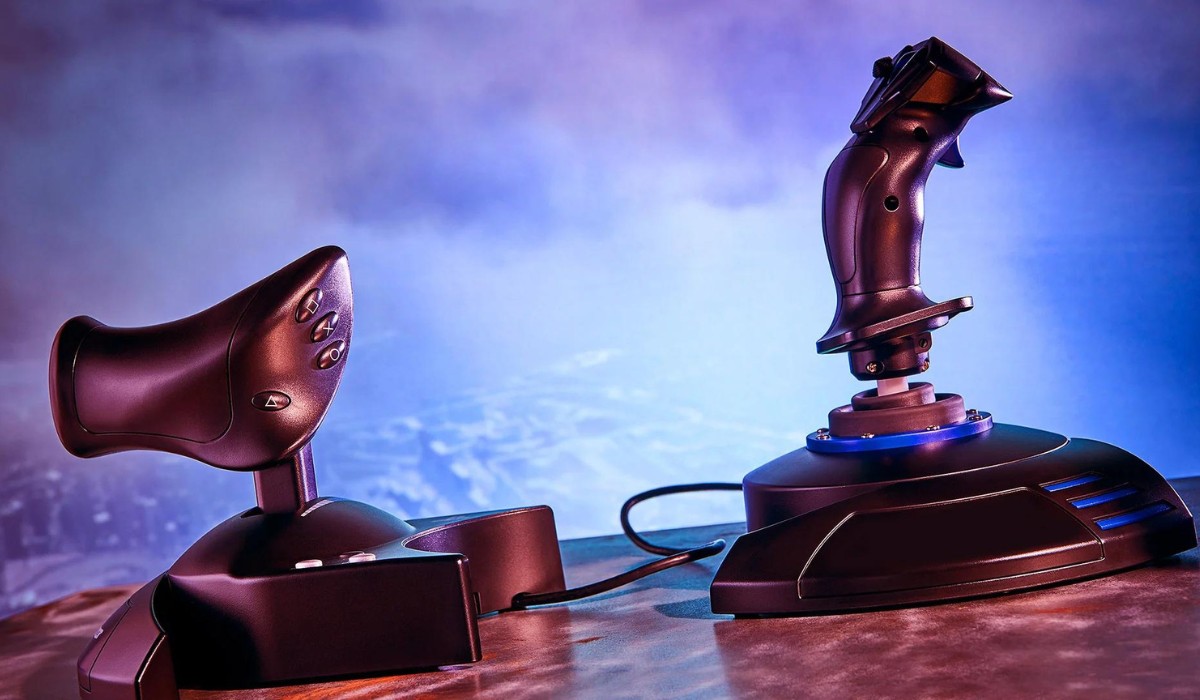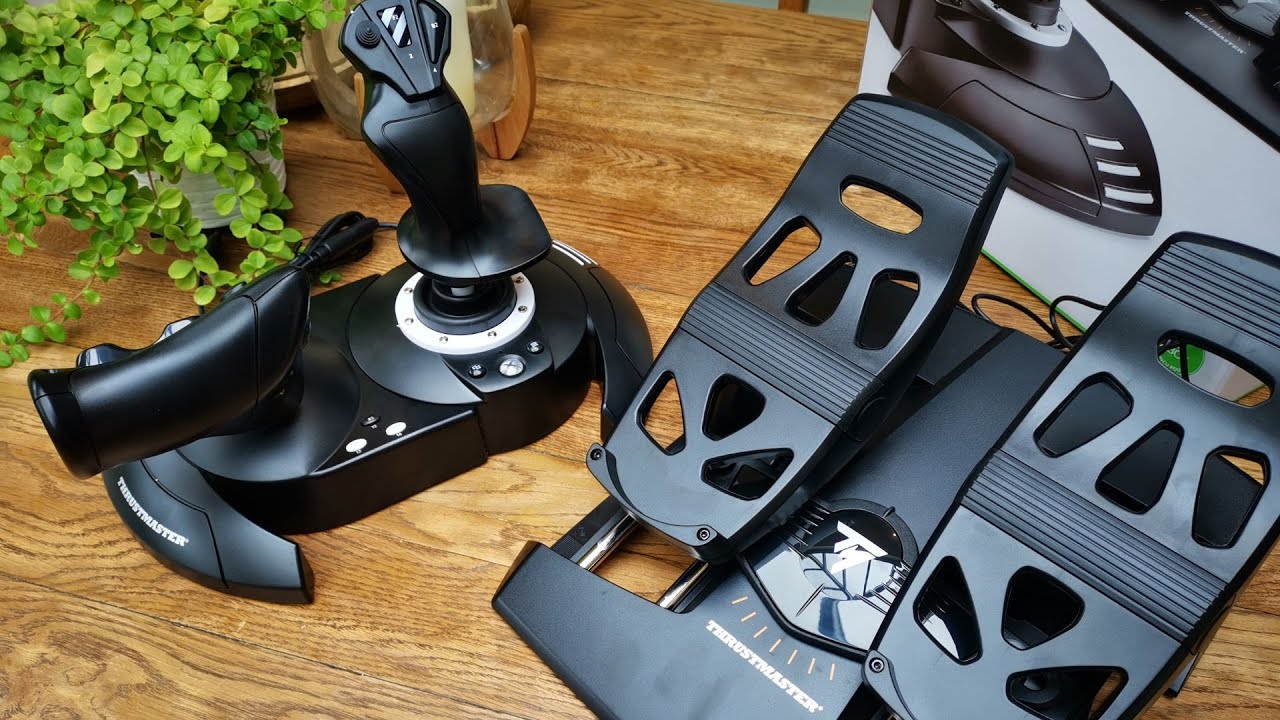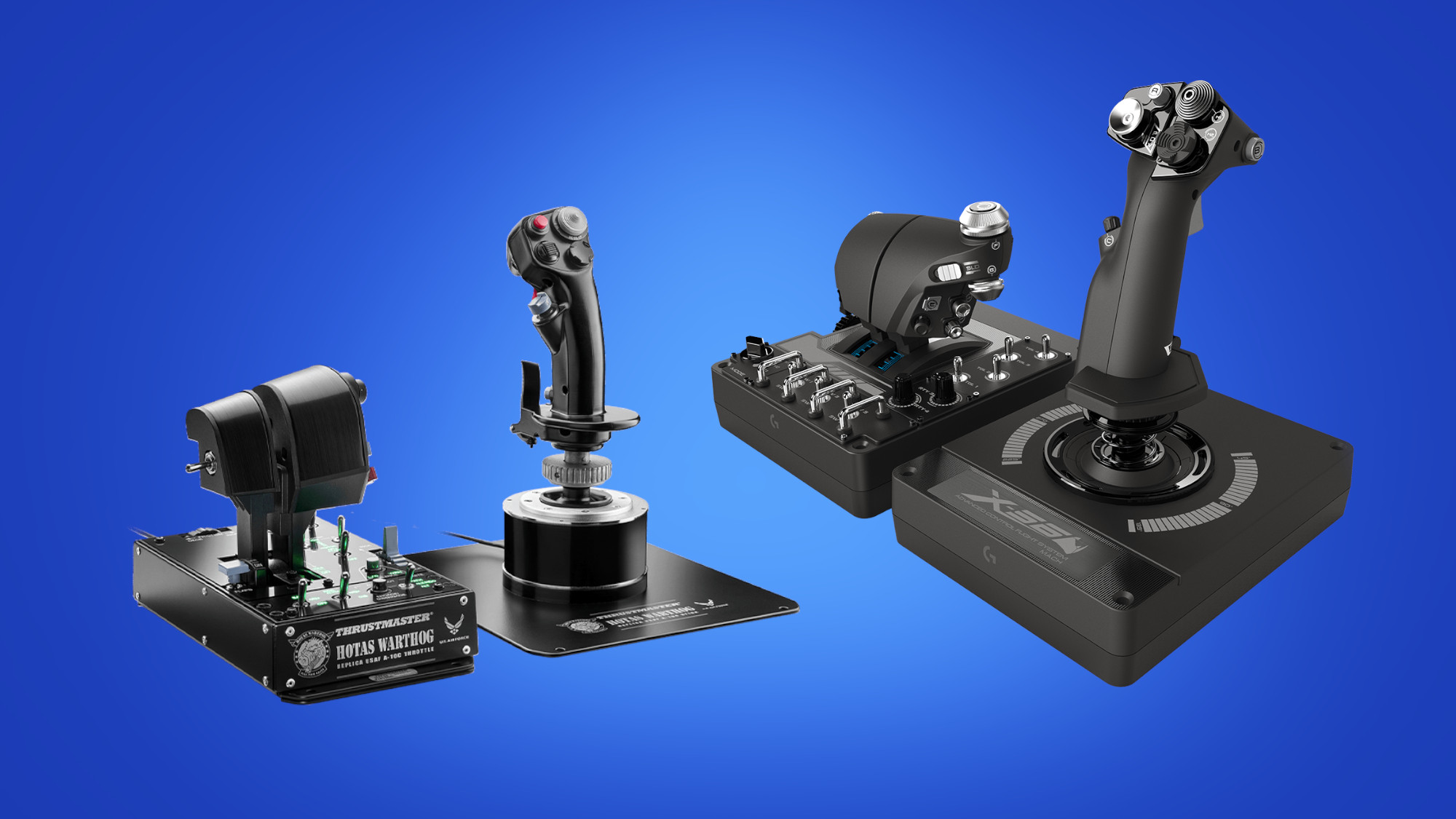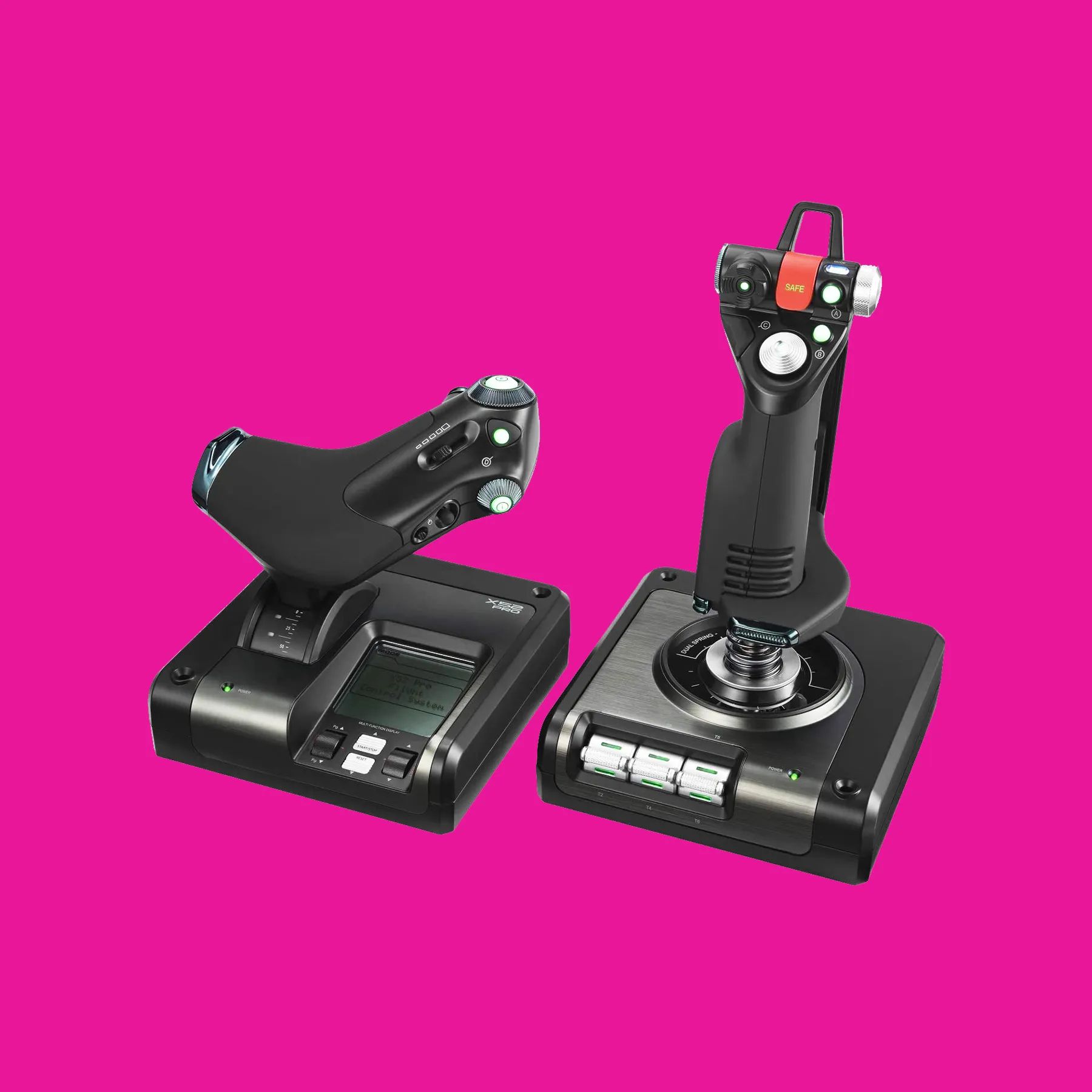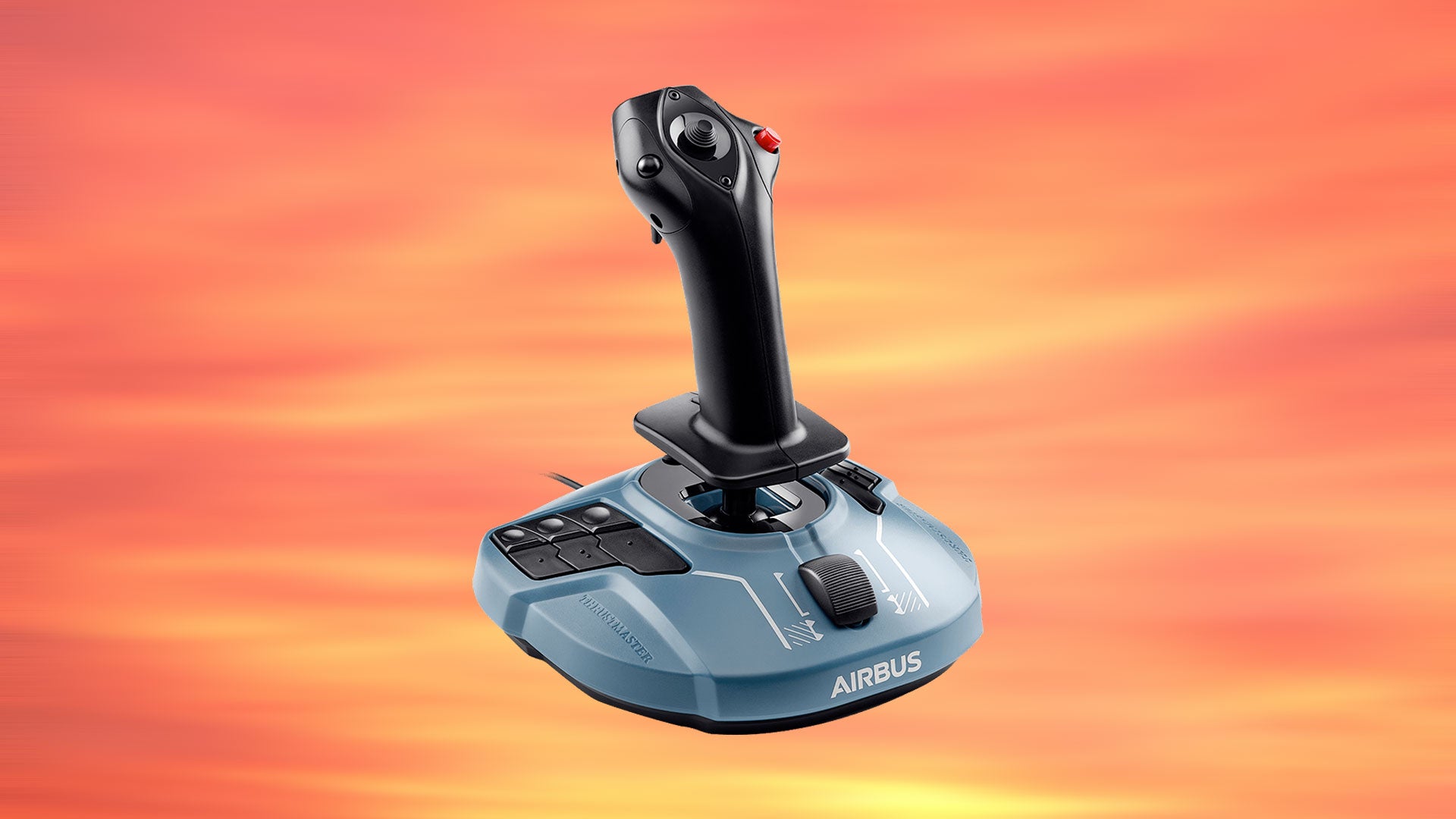Introduction
Introduction
Are you experiencing issues with your Thrustmaster T-Flight Stick USB? This article will delve into the common reasons why this popular flight stick may be malfunctioning. Whether you're a seasoned pilot or a novice gamer, encountering technical difficulties with your flight stick can be frustrating. However, understanding the potential causes of these malfunctions can help you troubleshoot and resolve the issues effectively.
From hardware-related problems to software complications, the Thrustmaster T-Flight Stick USB may encounter various issues that impact its performance. By identifying the underlying reasons behind these malfunctions, you can take the necessary steps to rectify the situation and get back to enjoying a seamless flying experience.
In the following sections, we will explore some of the most prevalent factors that could lead to the malfunctioning of the Thrustmaster T-Flight Stick USB. Whether it's a loose connection, driver issues, calibration problems, physical damage, or compatibility issues, each potential cause will be examined in detail. By the end of this article, you will have a comprehensive understanding of the common issues that may arise with the Thrustmaster T-Flight Stick USB and the steps you can take to address them effectively. Let's dive into the details and get your flight stick back on track!
Loose Connection
A common issue that may cause your Thrustmaster T-Flight Stick USB to malfunction is a loose connection. Over time, the USB cable connecting the flight stick to your computer may become loose due to regular movement or wear and tear. This can result in intermittent connectivity problems or a complete loss of connection, leading to erratic behavior or a non-responsive flight stick.
If you suspect a loose connection, the first step is to inspect the USB cable for any visible damage or signs of wear. Ensure that the cable is securely plugged into both the flight stick and the USB port on your computer. Sometimes, simply reseating the USB connection can resolve the issue, but if the problem persists, you may need to replace the USB cable to restore reliable connectivity.
Additionally, using a different USB port on your computer can help determine if the issue is related to a specific port or the flight stick itself. Testing the flight stick on another computer can also help rule out potential USB port or compatibility issues, providing valuable insights into the root cause of the problem.
Furthermore, if the flight stick features detachable components, such as a throttle or detachable joystick, ensure that these components are securely connected to the main unit. Loose or improperly connected components can also lead to functionality issues.
By addressing potential loose connection issues, you can eliminate one of the common culprits behind the malfunctioning of the Thrustmaster T-Flight Stick USB, restoring stable connectivity and ensuring a smoother flying experience.
Driver Issues
Another prevalent factor that can contribute to the malfunctioning of the Thrustmaster T-Flight Stick USB is related to driver issues. The device drivers serve as the intermediary between the flight stick hardware and the operating system, facilitating seamless communication and functionality. When the drivers are outdated, corrupted, or improperly installed, it can lead to a myriad of performance issues.
If you are experiencing problems with your T-Flight Stick USB, it’s essential to ensure that you have the latest drivers installed for the device. Visit the official Thrustmaster website or the manufacturer’s support page to download the most up-to-date drivers compatible with your operating system. Installing the correct drivers can often resolve erratic behavior, button mapping errors, or unresponsiveness associated with the flight stick.
In some cases, conflicts with existing drivers or software on your computer can also impact the performance of the flight stick. Updating your operating system and addressing any conflicting driver installations can help mitigate these issues. Additionally, performing a clean reinstall of the device drivers can eliminate any potential corruption or conflicts that may be hindering the proper functionality of the T-Flight Stick USB.
Furthermore, ensuring that the USB port you are using provides adequate power and data transfer capabilities is crucial. Some USB ports may not supply sufficient power to the flight stick, leading to intermittent connectivity or performance issues. Utilizing a powered USB hub or connecting the flight stick directly to a high-power USB port on your computer can help alleviate these concerns.
By addressing driver-related issues and ensuring that the T-Flight Stick USB has the appropriate drivers installed and configured, you can eliminate a significant source of potential malfunctions, allowing for a smoother and more reliable flight control experience.
Calibration Problems
Calibration problems can significantly impact the performance of the Thrustmaster T-Flight Stick USB, leading to erratic behavior and inaccurate input recognition. Calibration is essential for ensuring that the flight stick accurately translates your physical inputs into precise movements within the virtual environment. When calibration issues arise, it can result in unresponsive controls, drifting axes, or inconsistent sensitivity, detracting from the overall flying experience.
To address calibration problems, start by accessing the calibration settings within the software or game that you are using the flight stick with. Many flight simulation programs and games offer built-in calibration tools that allow you to fine-tune the sensitivity, dead zones, and axis response of the T-Flight Stick USB. Properly configuring these settings can help mitigate calibration-related issues and ensure that the flight stick responds accurately to your inputs.
Additionally, some flight sticks, including the Thrustmaster T-Flight Stick USB, may feature a dedicated calibration utility or software provided by the manufacturer. Using this tool to calibrate the flight stick can help identify and correct any discrepancies in input recognition, axis alignment, or sensitivity, providing a more precise and responsive control experience.
Physical factors, such as dust or debris accumulation within the internal components of the flight stick, can also impact calibration. Regularly cleaning the flight stick and ensuring that the internal mechanisms are free from obstructions can contribute to more accurate and consistent calibration results.
If you notice persistent calibration issues despite adjusting the settings and performing maintenance, it may be necessary to recalibrate the flight stick using the manufacturer’s recommended procedures. This can involve resetting the internal sensors, reconfiguring axis alignment, and ensuring that the physical components of the flight stick are in optimal condition.
By addressing calibration problems and fine-tuning the settings and internal components of the Thrustmaster T-Flight Stick USB, you can enhance the accuracy and responsiveness of the flight controls, ultimately improving the overall flight simulation experience.
Physical Damage
Physical damage to the Thrustmaster T-Flight Stick USB can significantly impact its functionality and performance. The flight stick, like any electronic device, is susceptible to damage from accidental impacts, excessive force, or environmental factors. Identifying and addressing physical damage is crucial to maintaining the optimal operation of the flight stick.
Inspect the exterior of the T-Flight Stick USB for any visible signs of physical damage, such as cracks, dents, or scratches. These external indicators may suggest underlying internal damage that could affect the device’s performance. Additionally, check the integrity of the buttons, switches, and the joystick itself to ensure that they are functioning as intended without any signs of wear or damage.
Internally, the sensors, circuitry, and internal mechanisms of the flight stick can be susceptible to damage from excessive force or shock. If you’ve experienced a significant impact or mishandling of the device, it’s essential to assess whether the internal components have been compromised. Issues such as erratic behavior, unresponsive controls, or unusual noises during operation can be indicative of internal damage.
Environmental factors, such as exposure to moisture, extreme temperatures, or dust and debris accumulation, can also contribute to physical damage over time. Ensure that the T-Flight Stick USB is stored and used in a clean, dry environment within the manufacturer’s recommended temperature and humidity ranges to prevent potential damage from environmental factors.
If you suspect physical damage to the flight stick, it’s advisable to contact the manufacturer or authorized service center for a professional assessment and potential repairs. Attempting to repair physically damaged components without the necessary expertise can further exacerbate the issues. In some cases, the manufacturer’s warranty or extended protection plans may cover the repair or replacement of the device in the event of physical damage.
By proactively addressing and mitigating physical damage to the Thrustmaster T-Flight Stick USB, you can preserve the device’s functionality and longevity, ensuring a reliable and enjoyable flight control experience.
Compatibility Issues
Compatibility issues can arise when using the Thrustmaster T-Flight Stick USB with various operating systems, games, or software configurations. The device’s seamless functionality is contingent on its compatibility with the specific platforms and applications it interacts with. Incompatibility can manifest as erratic behavior, unresponsive controls, or a complete failure to operate within certain environments.
When encountering compatibility issues, it’s essential to verify that the T-Flight Stick USB is fully compatible with the operating system you are using. Ensure that the necessary drivers and software are compatible with your version of Windows, macOS, or other supported operating systems. Visiting the manufacturer’s website or consulting the device’s documentation can provide valuable insights into its compatibility with different platforms.
Furthermore, when using the flight stick with specific flight simulation software or games, ensure that the titles are listed as compatible with the T-Flight Stick USB. Some games may require additional configuration or mapping to recognize and utilize the flight stick’s full functionality. Reviewing user forums, community discussions, or official support channels for the software can offer guidance on optimizing compatibility with the T-Flight Stick USB.
Additionally, compatibility issues can also stem from conflicts with other connected devices or peripherals. USB hubs, external controllers, or conflicting input devices may interfere with the proper operation of the flight stick. Disconnecting unnecessary peripherals and testing the flight stick in isolation can help identify and address compatibility issues related to conflicting devices.
Updating the firmware of the T-Flight Stick USB, if available, can also address compatibility concerns, as manufacturers often release firmware updates to enhance compatibility with new operating system versions or address known compatibility issues.
If you’ve exhausted troubleshooting options and continue to experience compatibility issues, reaching out to the manufacturer’s support team or community forums for assistance can provide valuable insights and potential solutions. In some cases, firmware updates, driver revisions, or specific configuration settings may be recommended to address compatibility concerns.
By addressing compatibility issues and ensuring that the Thrustmaster T-Flight Stick USB is fully compatible with your operating system and software configurations, you can optimize its performance and enjoy a more seamless and immersive flight control experience.
Conclusion
Addressing the potential causes of malfunctioning in the Thrustmaster T-Flight Stick USB is essential for maintaining its optimal performance and ensuring an enjoyable flight simulation experience. From loose connections to driver issues, calibration problems, physical damage, and compatibility concerns, a range of factors can contribute to the malfunctioning of this popular flight stick.
By proactively identifying and addressing these potential issues, users can troubleshoot and resolve the root causes of malfunctions, restoring the functionality and reliability of the T-Flight Stick USB. Regular maintenance, adherence to manufacturer recommendations, and thorough troubleshooting can help mitigate these issues and prolong the lifespan of the device.
It’s crucial to approach troubleshooting systematically, starting with basic checks such as inspecting connections and updating drivers before delving into more complex potential causes such as physical damage or compatibility issues. Utilizing the resources provided by the manufacturer, including support documentation, software utilities, and customer support channels, can offer valuable guidance in addressing these issues effectively.
Furthermore, staying informed about firmware updates, compatibility considerations, and best practices for maintaining the T-Flight Stick USB can contribute to a smoother and more reliable flight control experience. Regularly reviewing user forums, community discussions, and official support channels can provide insights into common issues and recommended solutions from experienced users and technical experts.
Ultimately, by understanding and addressing the potential causes of malfunctioning in the Thrustmaster T-Flight Stick USB, users can optimize their flight simulation setup, minimize downtime due to technical issues, and fully immerse themselves in the virtual skies with confidence and precision.
With a proactive approach to troubleshooting and maintenance, users can maximize the longevity and performance of the T-Flight Stick USB, ensuring a seamless and enjoyable flight control experience for both gaming and professional simulation applications.







